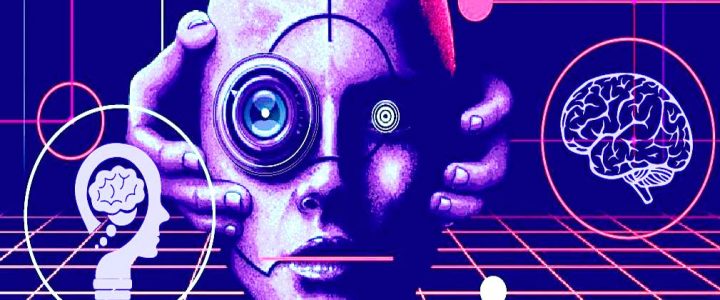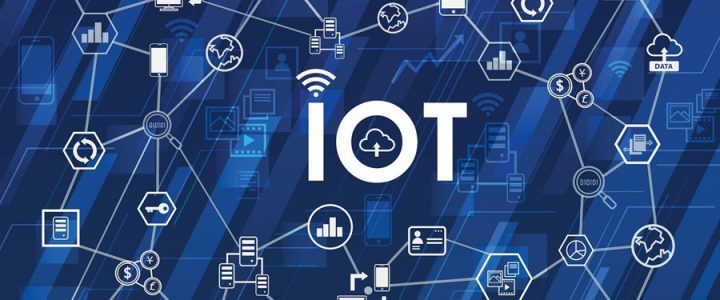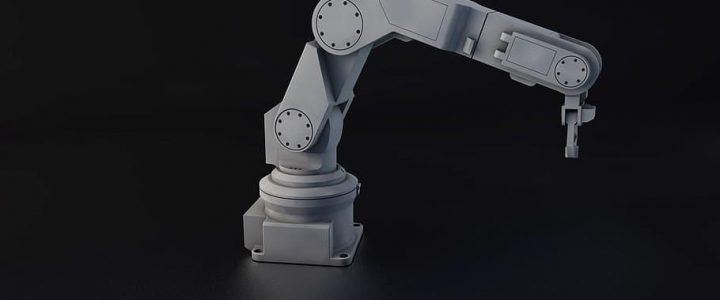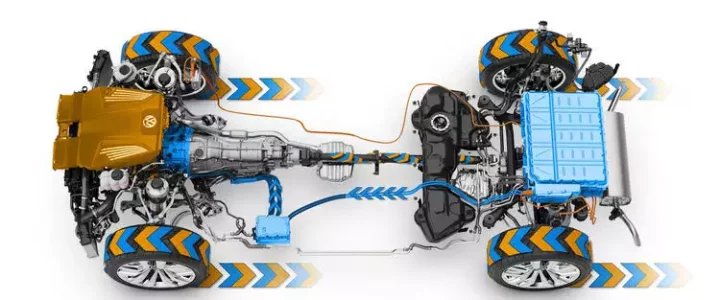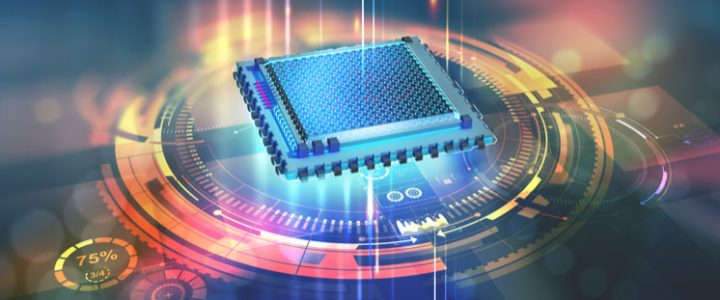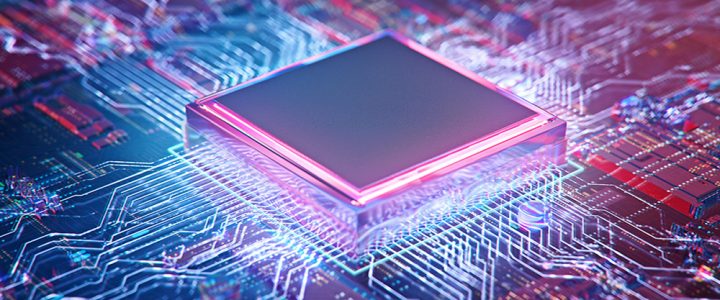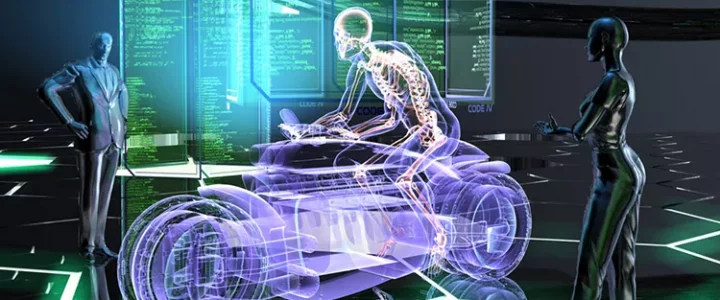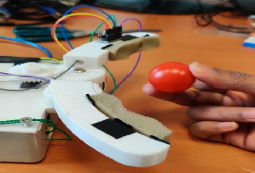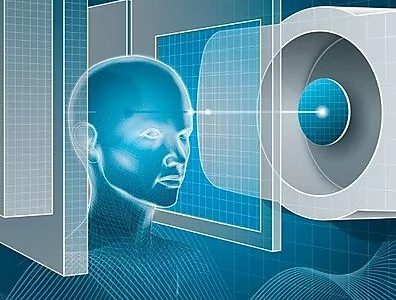| 2 YEAR | II semester | 6 CFU |
| Arianna Mencattini | A.Y. 2023-24 (ex MEASUREMENT SYSTEMS FOR MECHATRONICS) |
| A.Y. 24-25 | |
| Code: 8039787 SSD: ING/INF/07 |
LEARNING OUTCOMES:
Learning of basic concepts in digital image processing and analysis as a novel measurement system in biomedical fields. The main algorithms will be illustrated, particularly devoted to the mechatronics fields.
KNOWLEDGE AND UNDERSTANDING:
The student acquires the knowledge related to the possibility to use an image analysis platform to monitor the dynamics of a given phenomenon and to extract quantitative information from digital images such as object localization and tracking in digital videos.
APPLYING KNOWLEDGE AND UNDERSTANDING:
The student acquires the capability to implement the algorithms in Matlab through dedicated lessons during the course to the aim of being able to autonomously develop new codes for the solution of specific problems in different application fields.
MAKING JUDGEMENTS:
The student must be able to integrate the basic knowledge provided with those deriving from the other courses such as probability, signal theory, and pattern recognition. some fundamentals of measurement systems as well as of basic metrological definitions will be provided in support of background knwoledge.
COMMUNICATION SKILLS:
The student solves a written test and develops a project in Matlab that illustrates during the oral exam. The project can be done in group to demonstrate working group capabilities.
LEARNING SKILLS:
Students will be able to read and understand scientific papers and books in English also to deepen some topics. In some cases, students will develop also experimental tests with time-lapse microscopy acquisition in department laboratory.
SYLLABUS
Fundamentals of metrology. Basic definitions: resolution, accuracy, precision, reproducibility and their impact over an image based measurement system . Image processing introduction. Image representation. Spatial and pixel resolution. Image restoration. Deconvolution. Deblurring. Image quality assessment. Image enhancement. Image filtering for smoothing and sharpening. Image segmentation: pixel based (otsu method), edge based, region based (region growing), model based (active contour, Hough transform), semantic segmentation. Morphological operators. Object recognition and image classification. Case study: defects detection, object tracking in biology, computer assisted diagnosis, facial expression in human computer interface.
Matlab exercises.
TEXTS
Digital image processing, Gonzalez and Woods, Prentice Hall, New York, 2002.
BiPM, I. E. C., IFCC, I., IUPAC, I., & ISO, O. (2012). The international vocabulary of metrology— basic and general concepts and associated terms (VIM). JCGM, 200, 2012.
ATTENDANCE
Although attendance is optional, it is strongly recommended to follow the lessons. The professor recommends the students to subscribe the course on the Delphi website. The teams platform will be used as a consequence to communicate with the Professor, ask for doubts, and download the materials used for the lessons.
 UNIVERSITA' DEGLI STUDI ROMA "TOR VERGATA"
UNIVERSITA' DEGLI STUDI ROMA "TOR VERGATA"